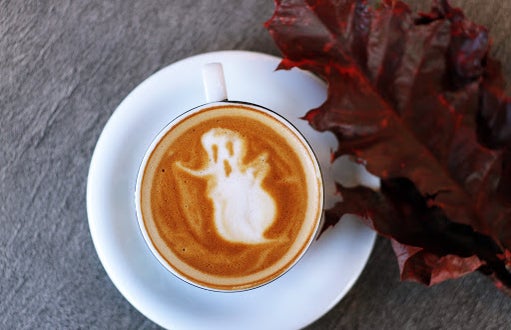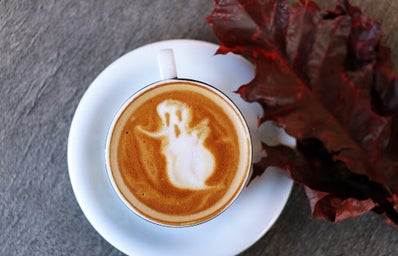By: Samantha Romano
Ever since the dawn of advertisements, seasons have been subject to intense commercialization. Trends, aesthetics, and products can easily be associated with a specific time of the year. Pumpkin spice for example is just a flavor but has turned into an autumnal phenomenon. We wouldn’t drink Pumpkin Spice lattes in February, would we? That just wouldn’t make any sense.
Consumers like me should take a second to wonder why that combination feels so unnatural. Is it because the two really don’t go together like pineapple on pizza? Or perhaps our brains have been trained to subliminally think this. The flavor is so big that nearly half a billion dollars were spent on pumpkin spice related products in 2019. Additionally, Starbucks estimates that 600 million of their pumpkin flavored lattes have been sold since their creation in the early 2000s.
PS is not the only product that has become a staple of fall consumerism. The success of pushing fall-related products has resulted in autumnal style songs, movies, and television shows being heavily marketed to audiences too. One show that comes to mind is Gilmore Girls. Despite the show ending in 2007, its popularity has only skyrocketed with newer generations. The show was viewed for 20.8 billion minutes in 2022 alone with those ratings likely to increase by the end of this year.
Many viewers associate Gilmore Girls with fall because of Stars Hollow’s dreamy atmosphere. The sight of brightly colored leaves lining the streets and the beautifully decorated town gazebo transport the audience into an autumnal fantasy reminiscent of simpler times. We as viewers like to soak in the feeling of fall (even if it’s through the screen) because it’s the last time to enjoy the outdoors before the bitterness of winter confines us inside.
Rory Gilmore’s style has been idolized as the ideal fall wardrobe. Her casual chic wardrobe employs a youthful twist on autumn with cable knit sweaters, turtlenecks, and skirts with tights often being styled on the character. Additionally, her wardrobe is obtainable to the everyday person. The hashtag “#rorygilmoreaesthetic” has nearly 137.8 million views on Tik Tok alone. That’s not even mentioning Pinterest where searches for her name have skyrocketed since the end of September. Analytics report that 76% of the audience interacting with these posts are ages 18-24 with an overwhelming majority being female-identifying.
This demographic is easily influenced by the marketing of seasonal trends. According to The Spin Off, the average consumer shops online 10 times a year. The average Gen-Z consumer (16-24) nearly doubles that number with 18 online shopping trips being reported annually. Younger generations are more susceptible to predatory strategies, though. With the trend cycle getting quicker, lots of younger women are drawn into a lifestyle of overconsumption due to the pressure of keeping up with whatever is the hottest item of that moment. Seasonal marketing may appear very innocent but contains some dark underlying strategies.
The purpose of these examples isn’t to make you feel bad for participating in seasonal trends but instead to make you aware of how our culture may present overconsumption and overspending as seasonal “must-haves” or “essentials”. I encourage anyone reading this to go buy a pumpkin spice latte and cozy up on the couch with a good episode of Gilmore Girls. After all, winter is right around the corner…

